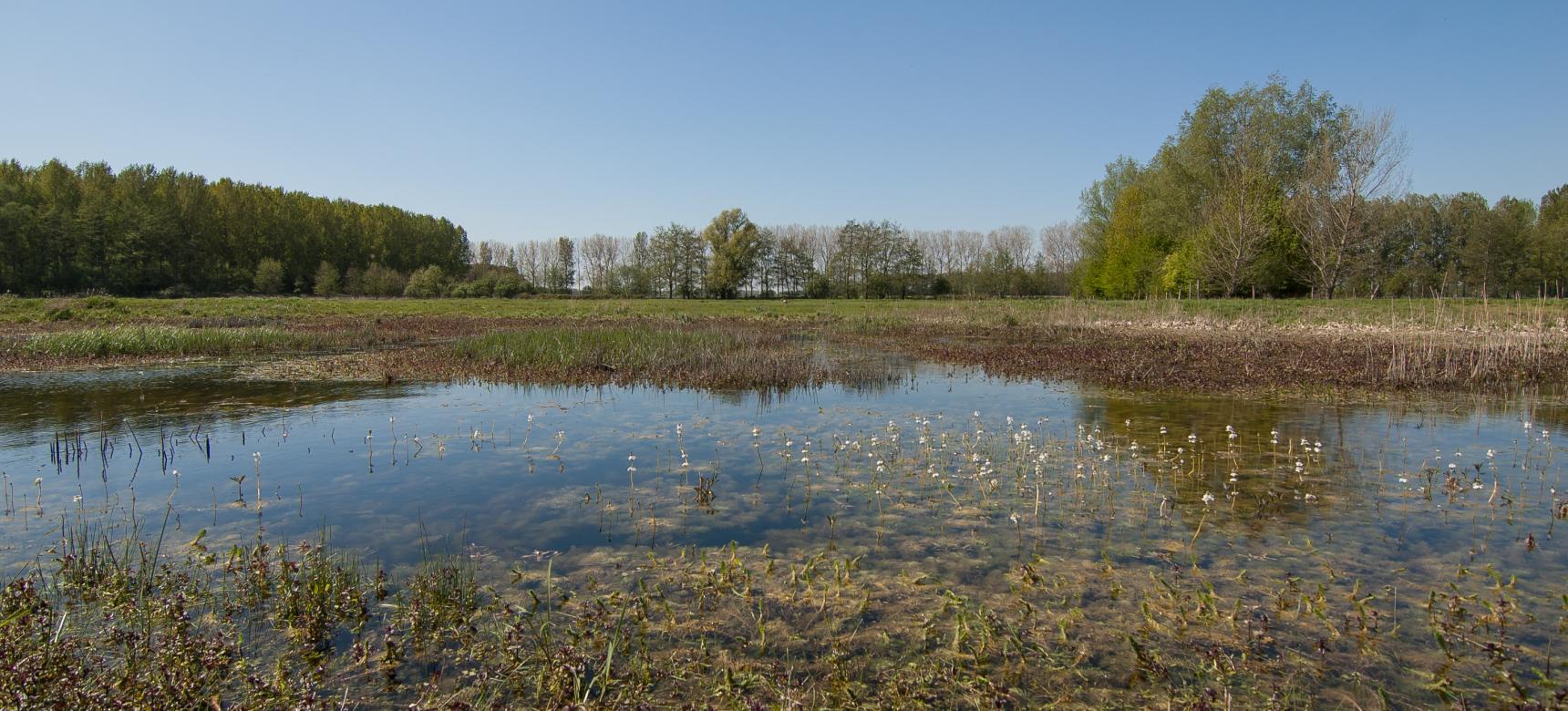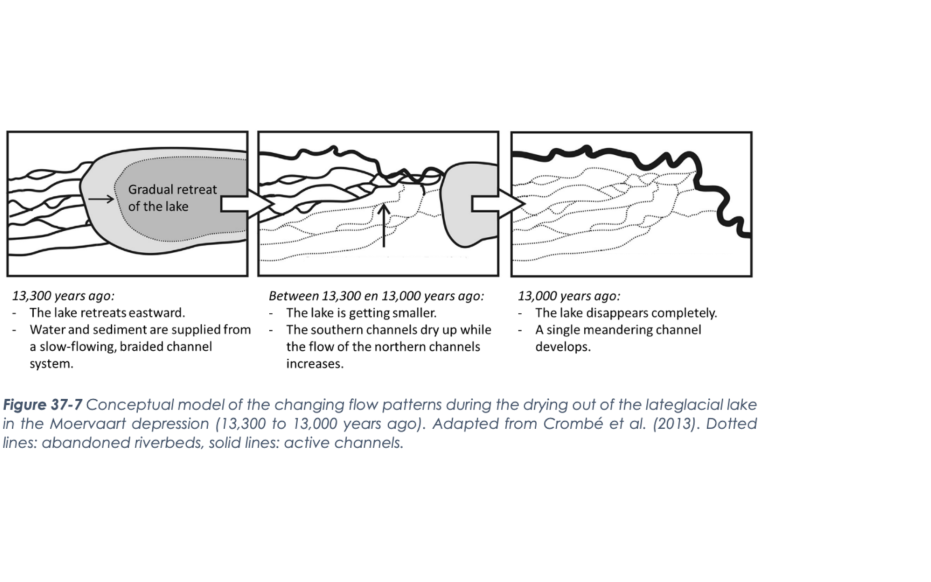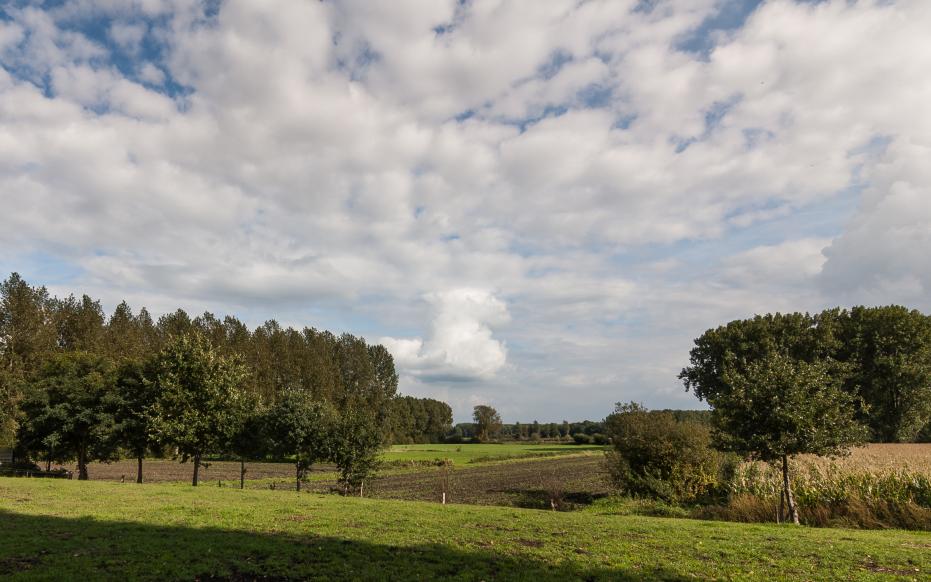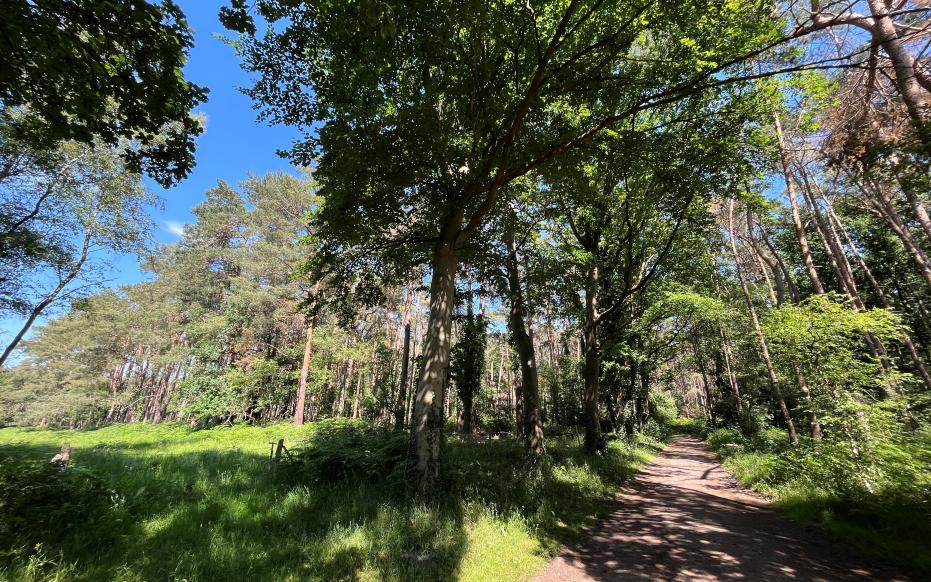Late Weichsel Pleniglacial
The formation of the Maldegem-Stekene cover sand ridge and the Moervaart depression at the end of the Weichsel pleniglacial is related to a reversal in the direction of flow of the Scheldt from the Flemish Valley to the breakthrough valley of Hoboken the wind during final phase of the Weichsel pleniglacial formed a contiguous series of parallel sand ridges with west-southwest-east-north-east orientation by reworking the existing sand plain. Between the cuesta of the Meetjesland and the Waasland Cuesta, a larger, almost contiguous sand ridge formed a natural dam, so to speak, across the largely filled Flemish Valley. This blocked northward drainage and created several, shallow lakes along the steep southern flanks of this sand ridge. The Moervaart Depression is a remnant of the most extensive and best studied of these lakes.



